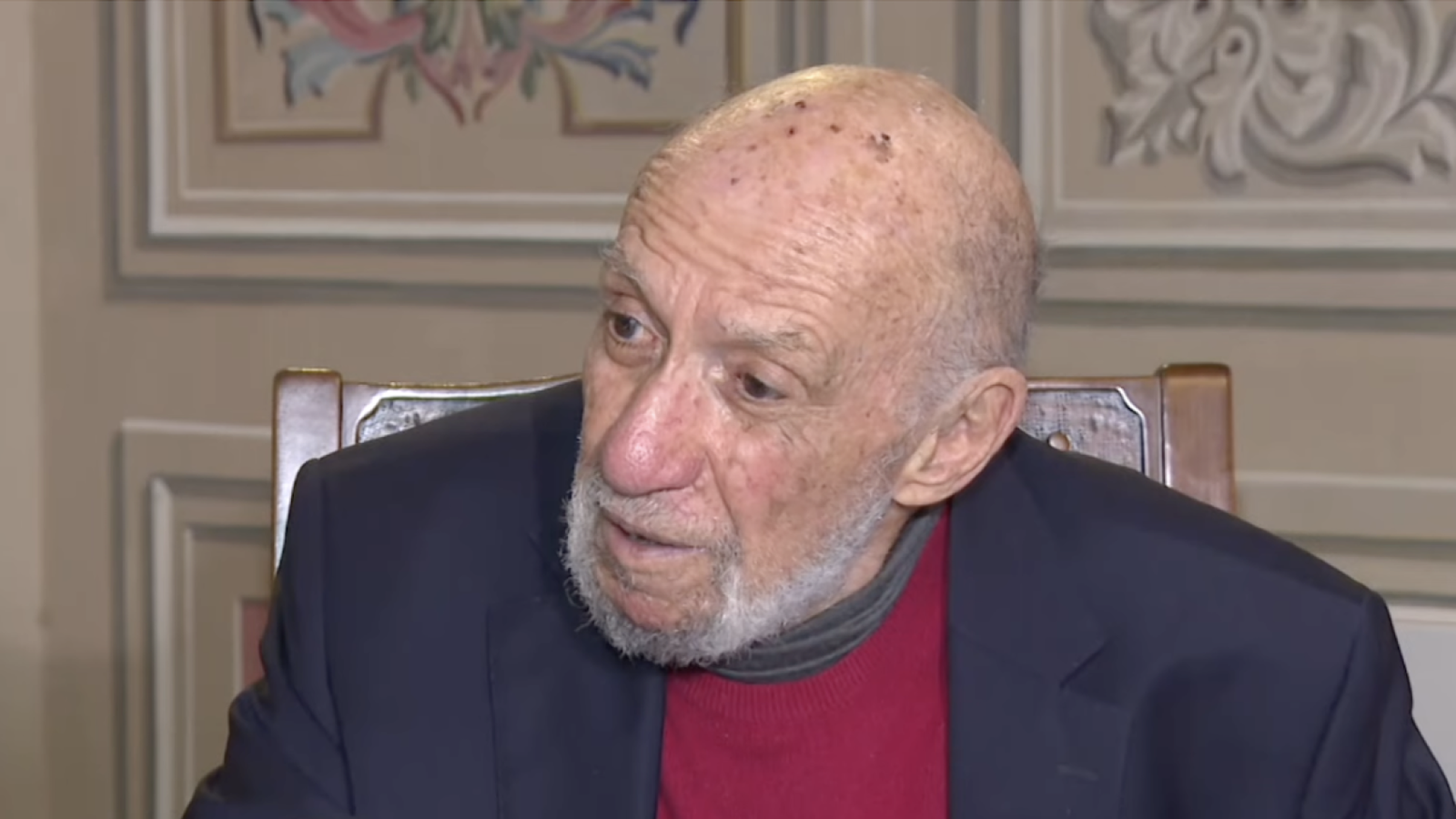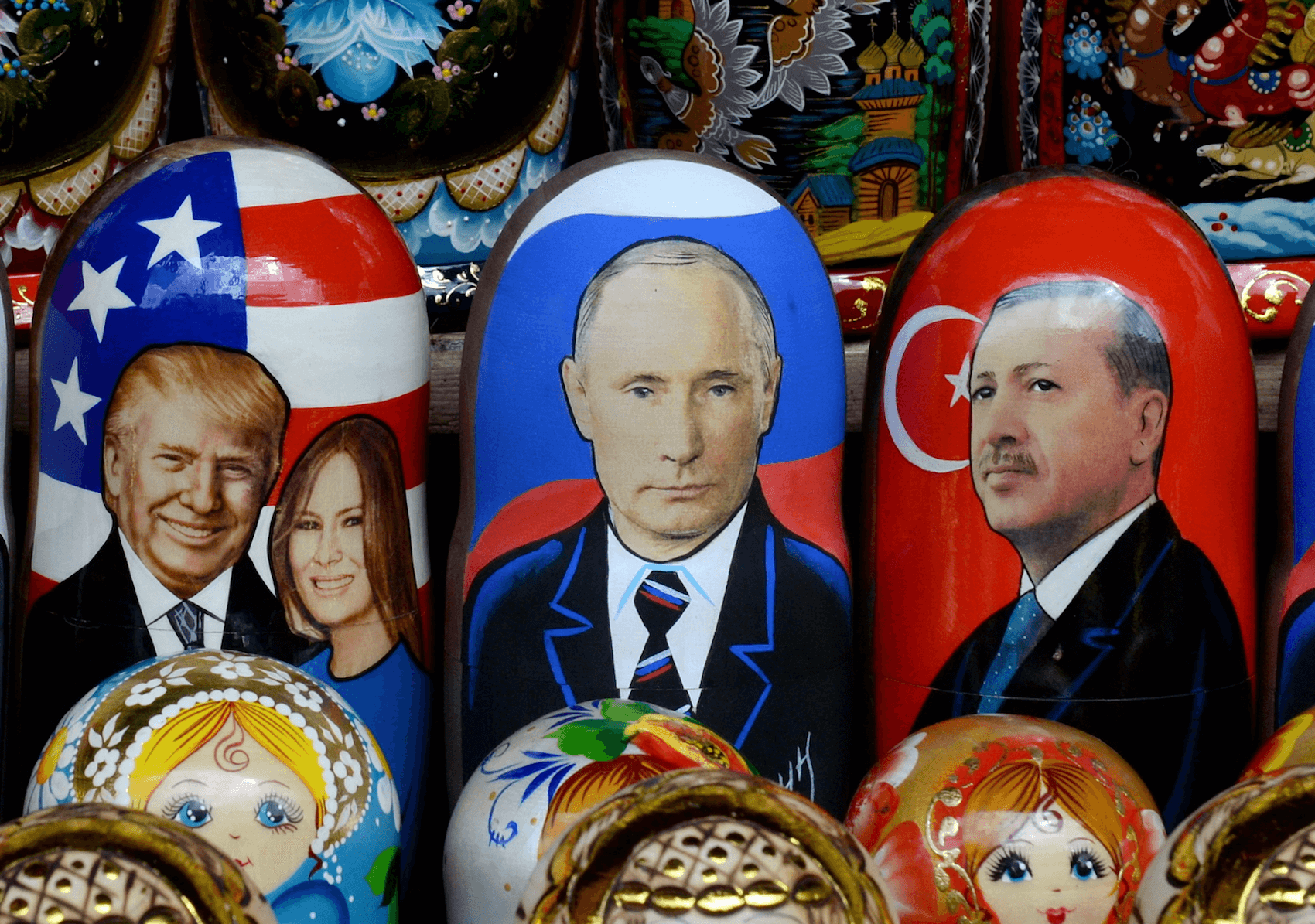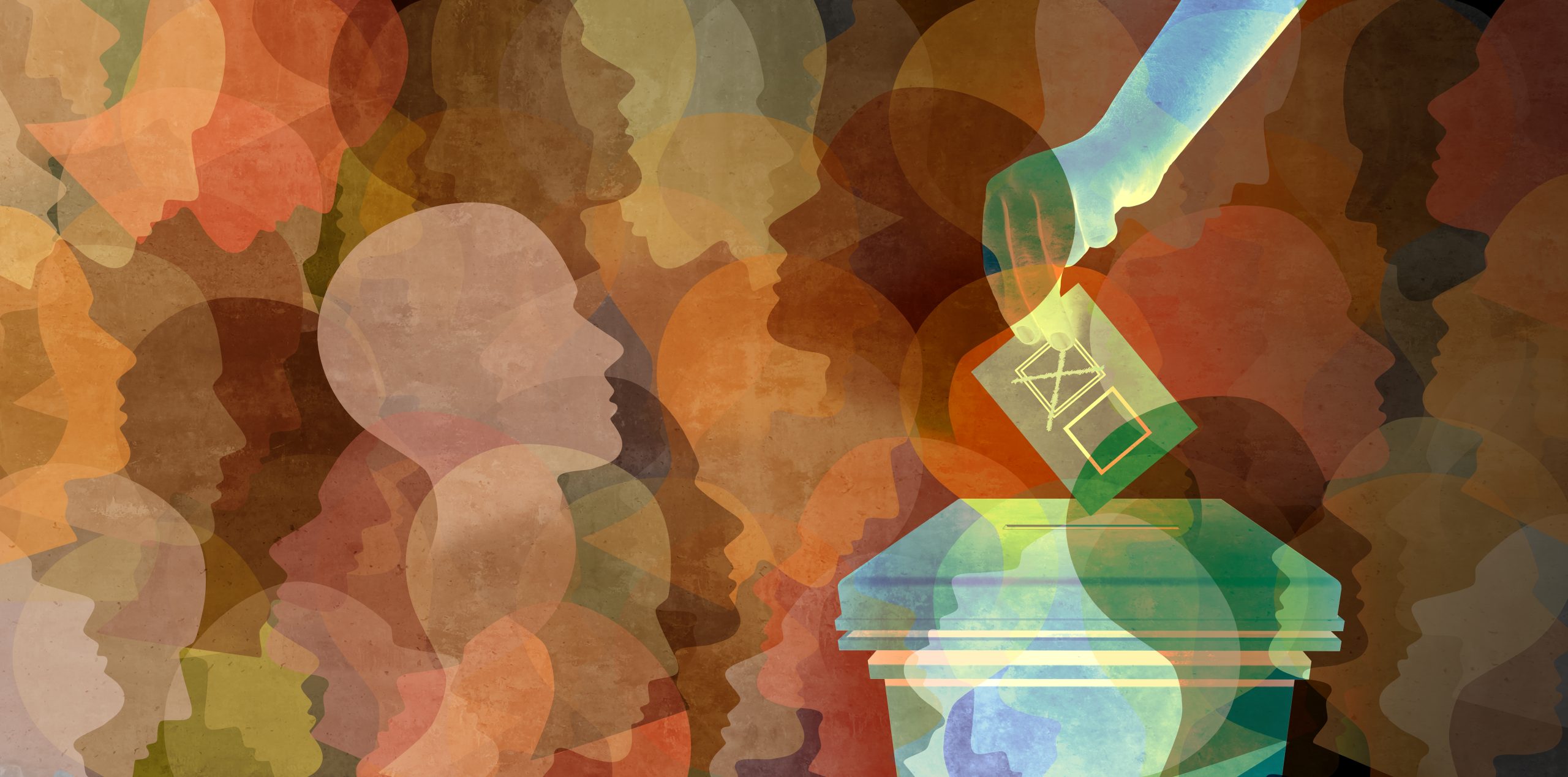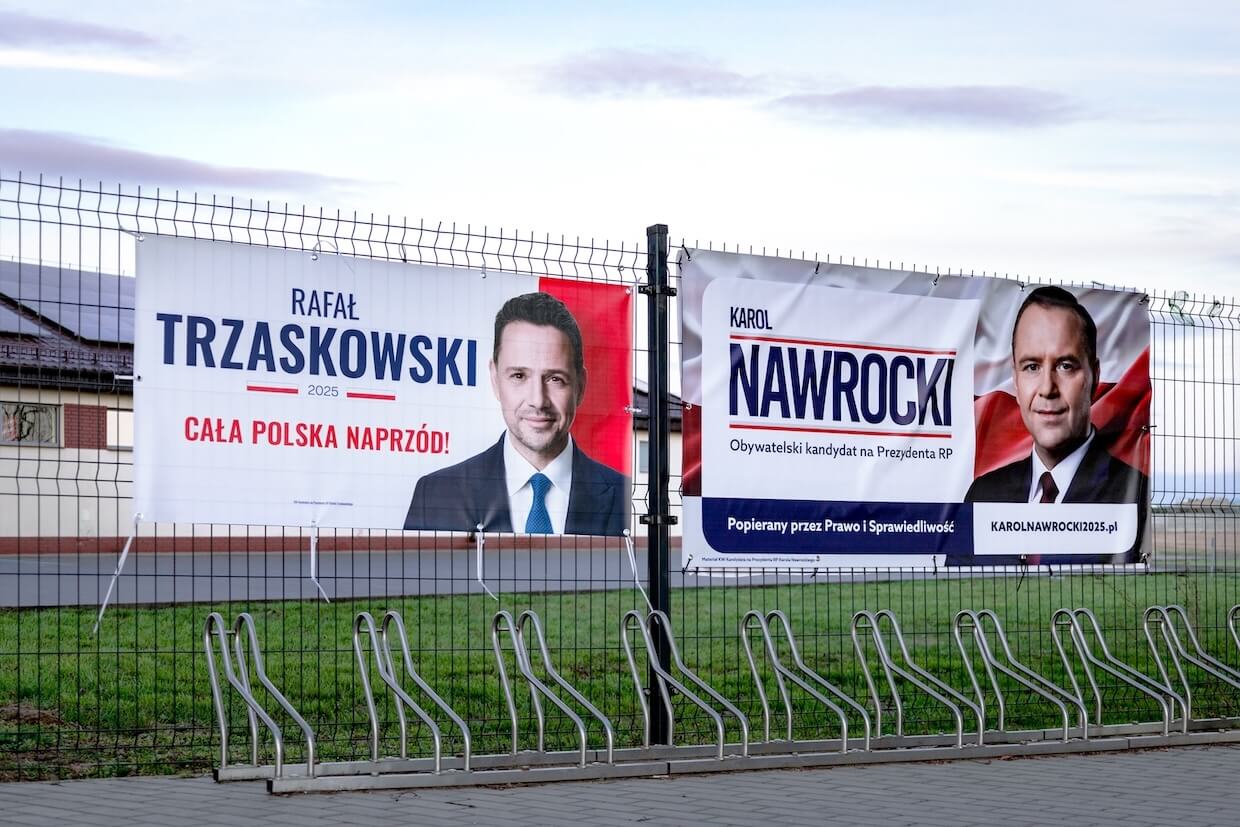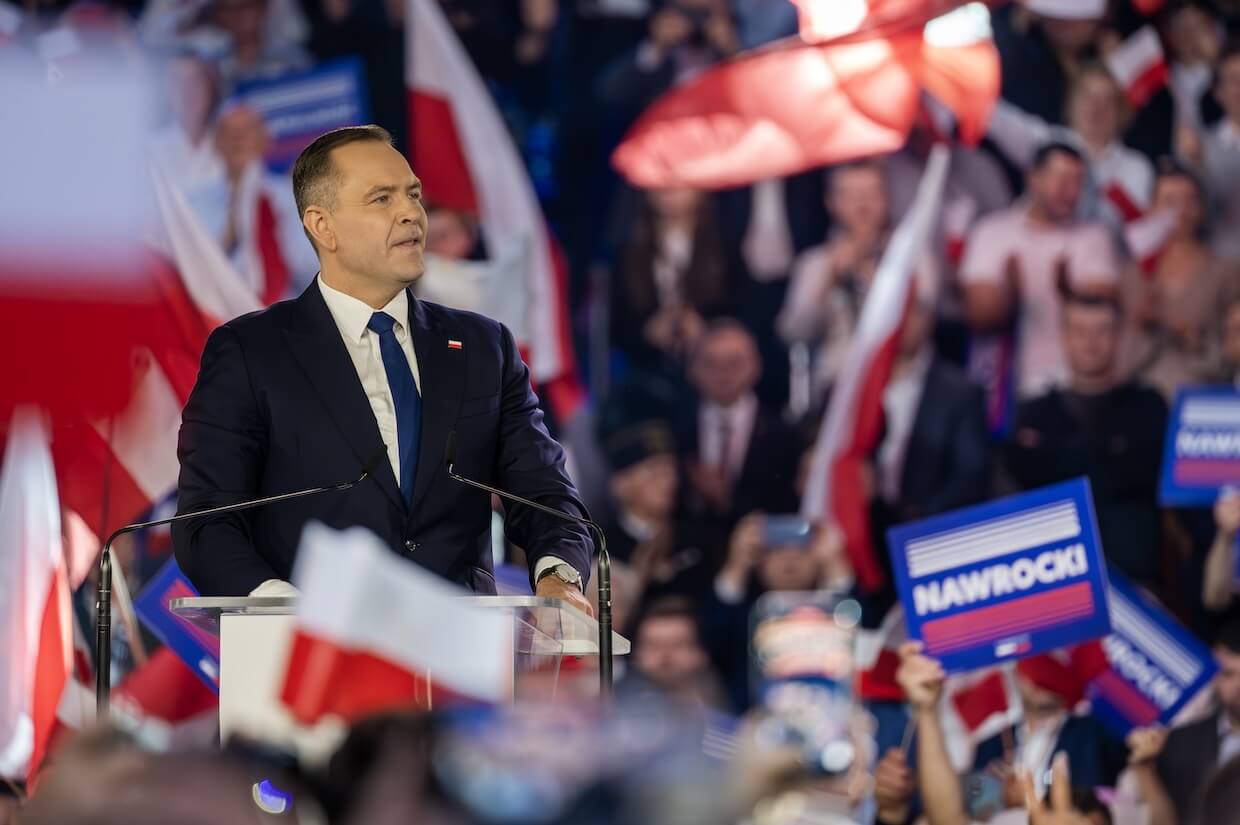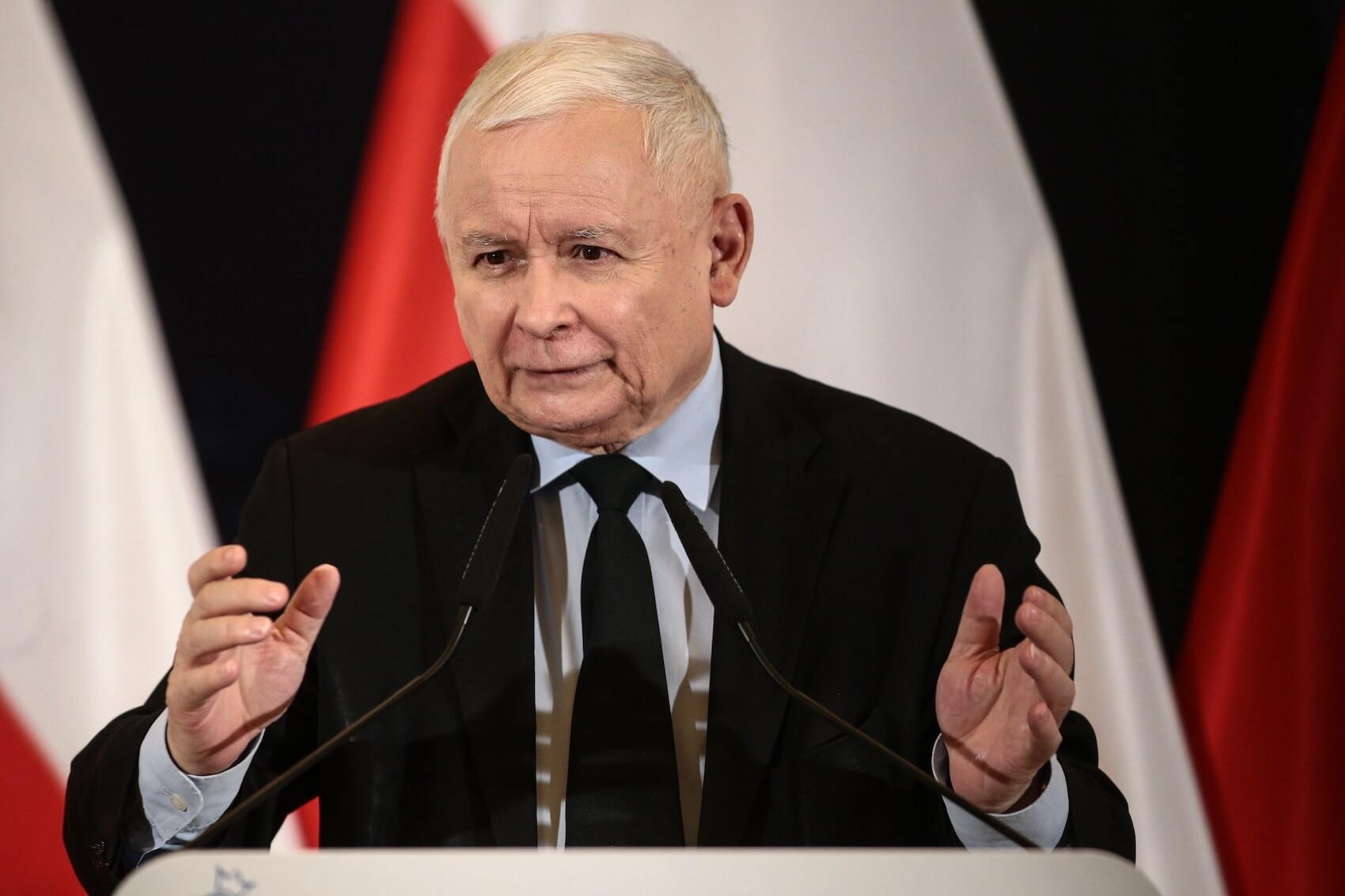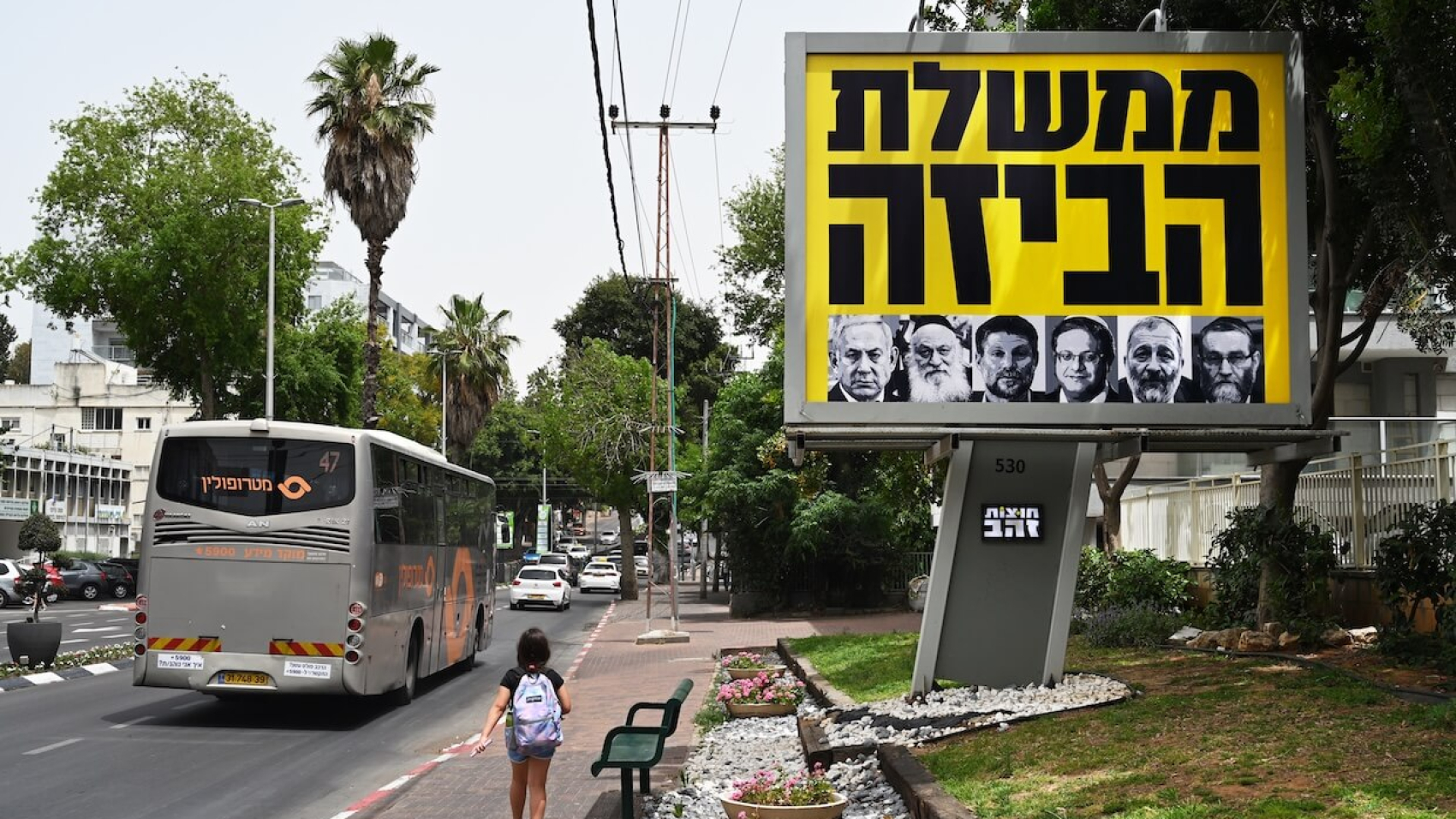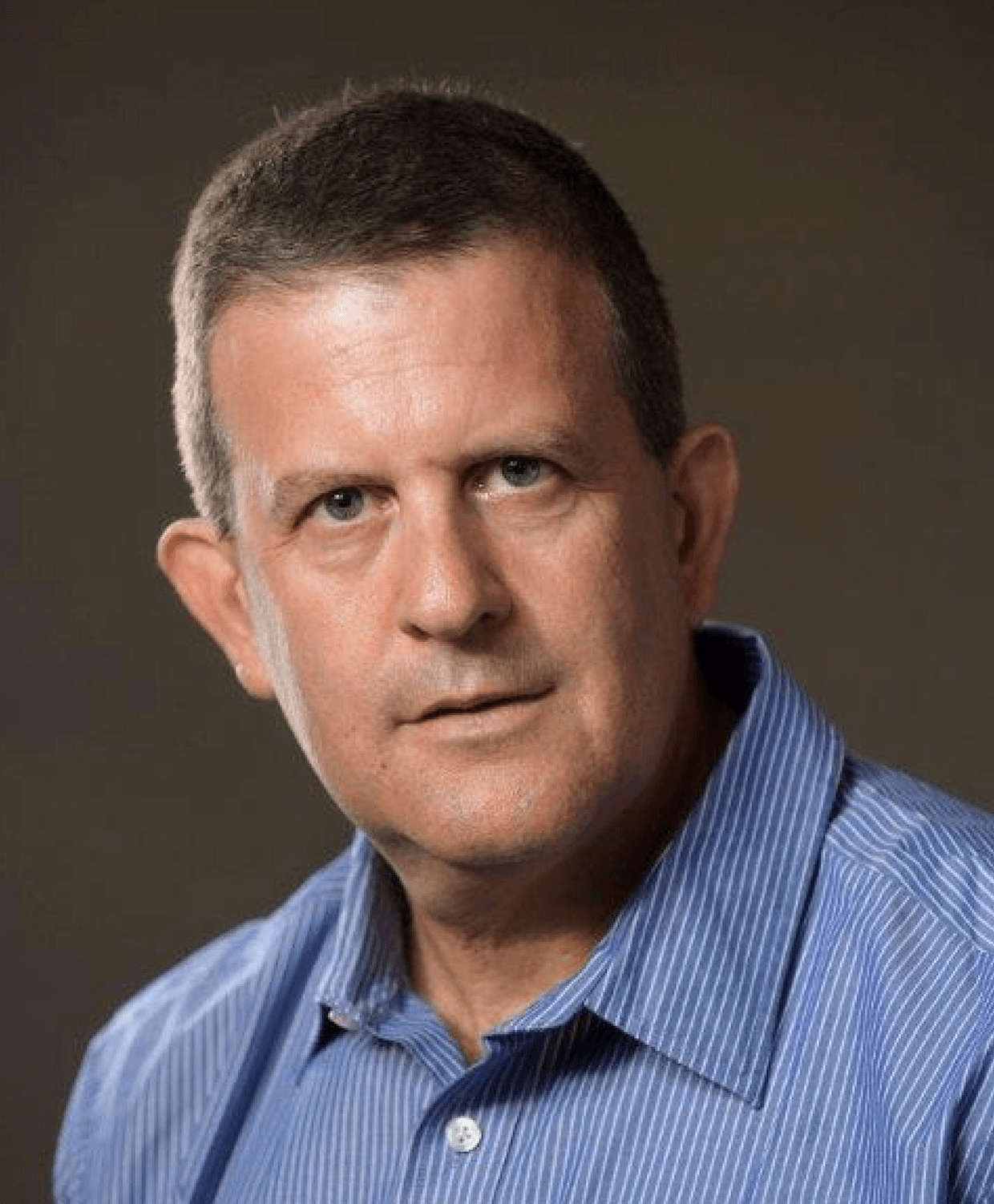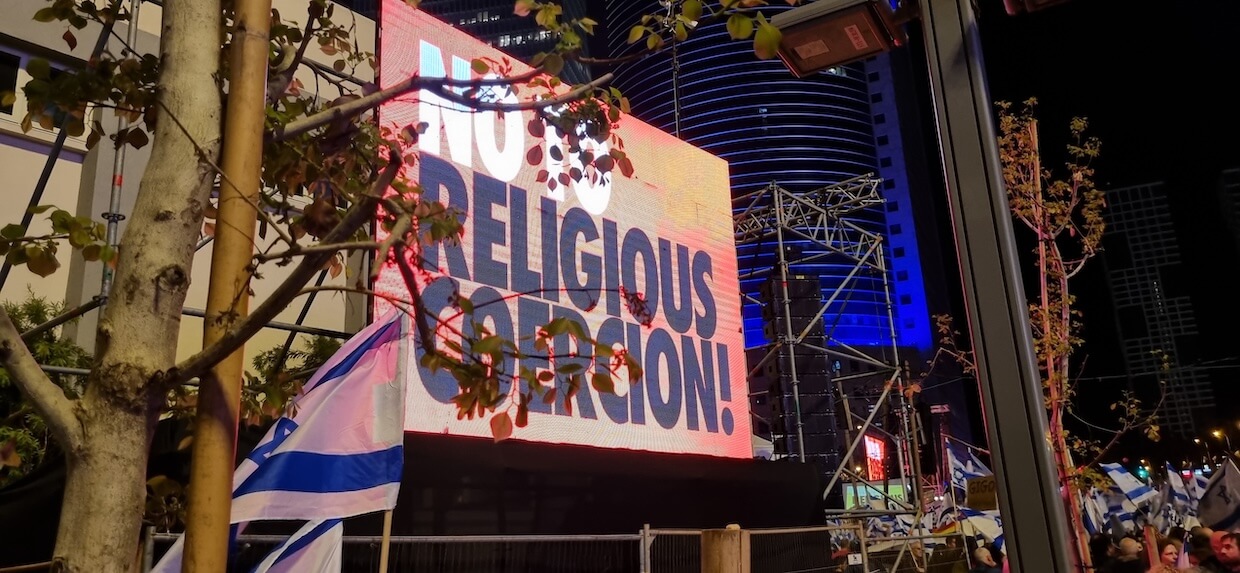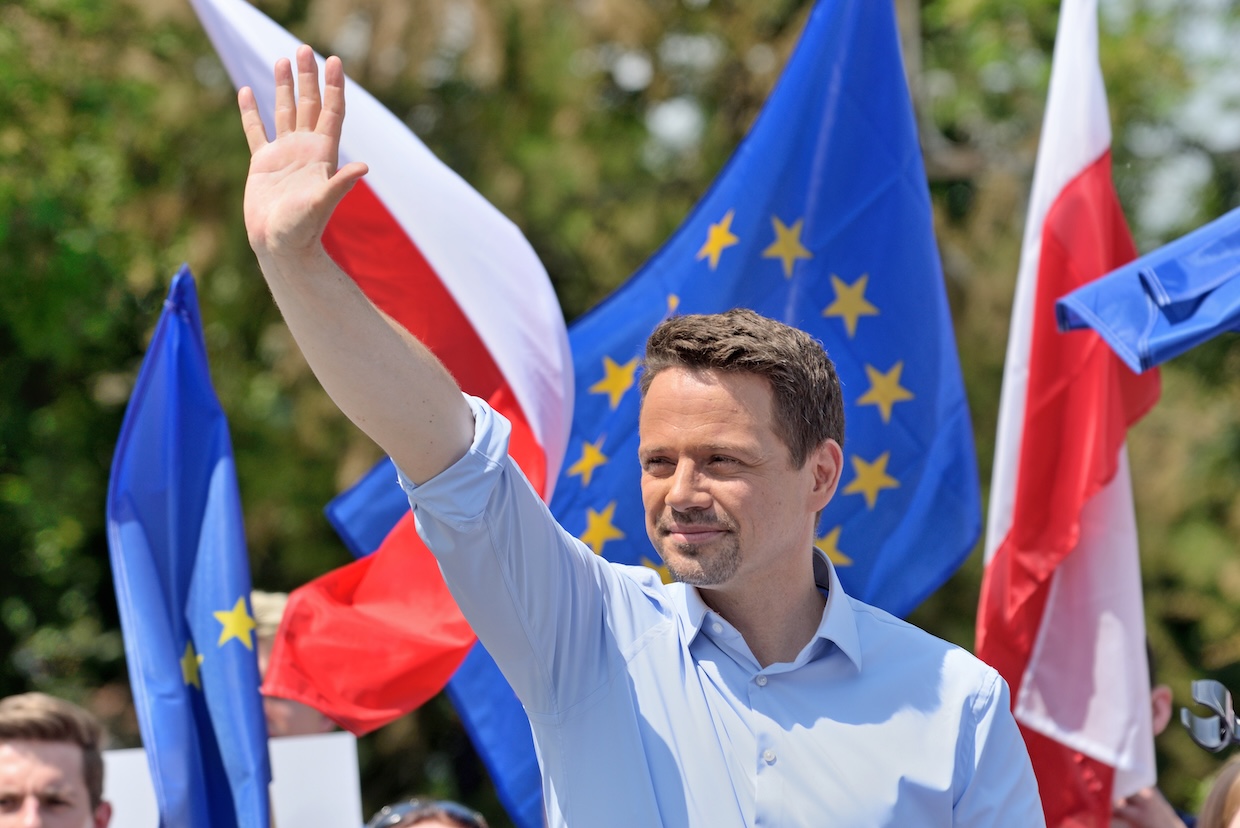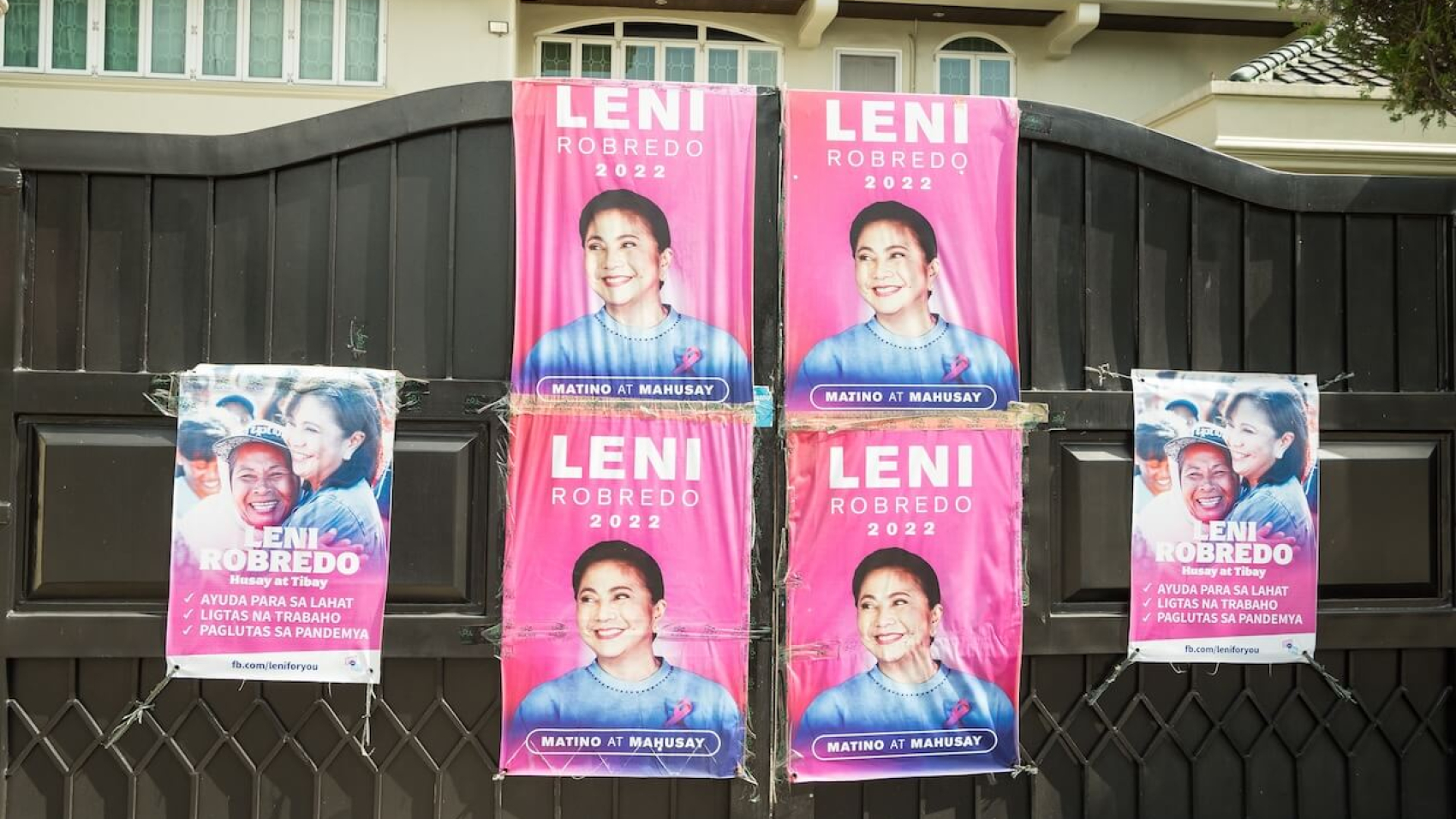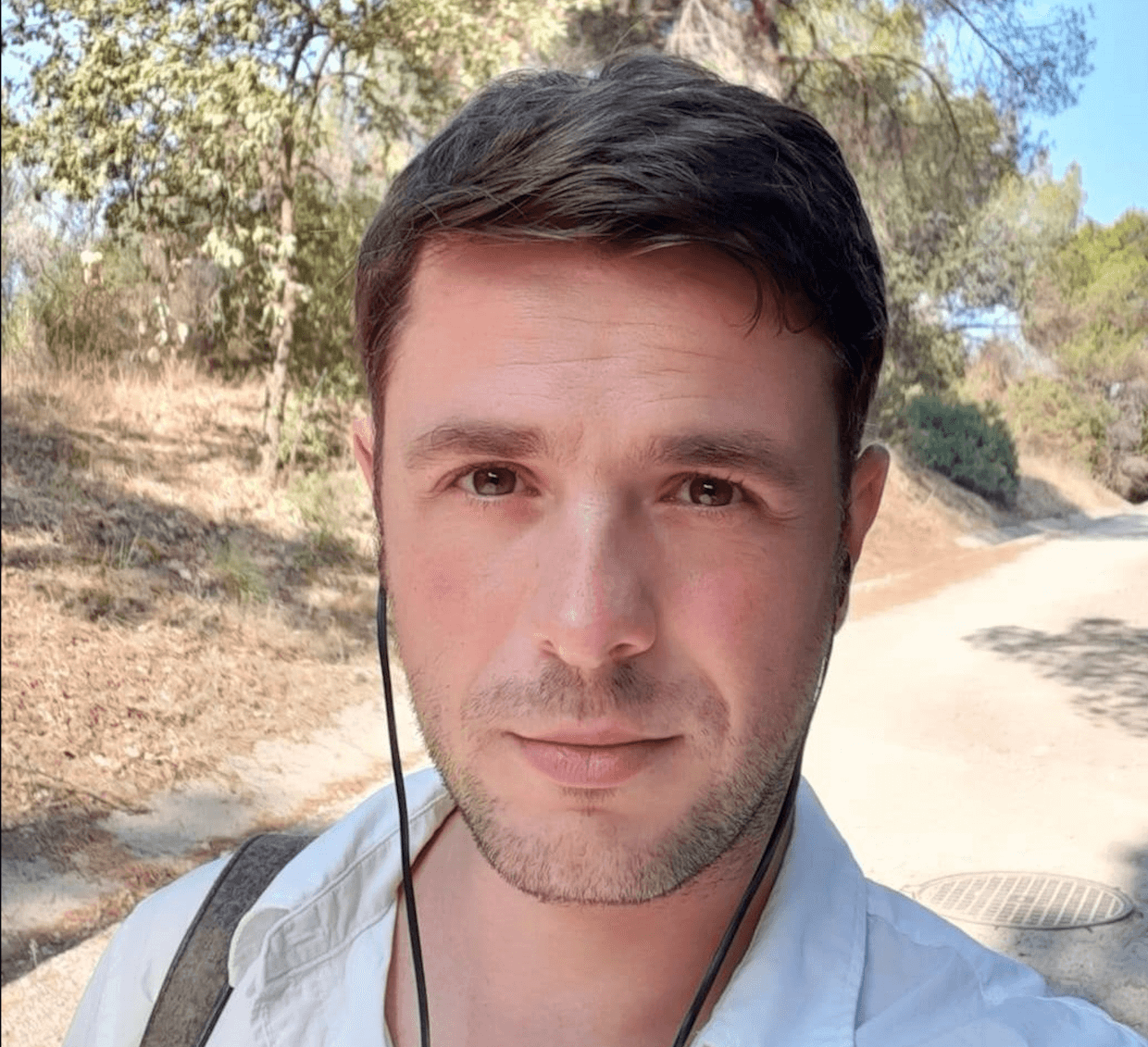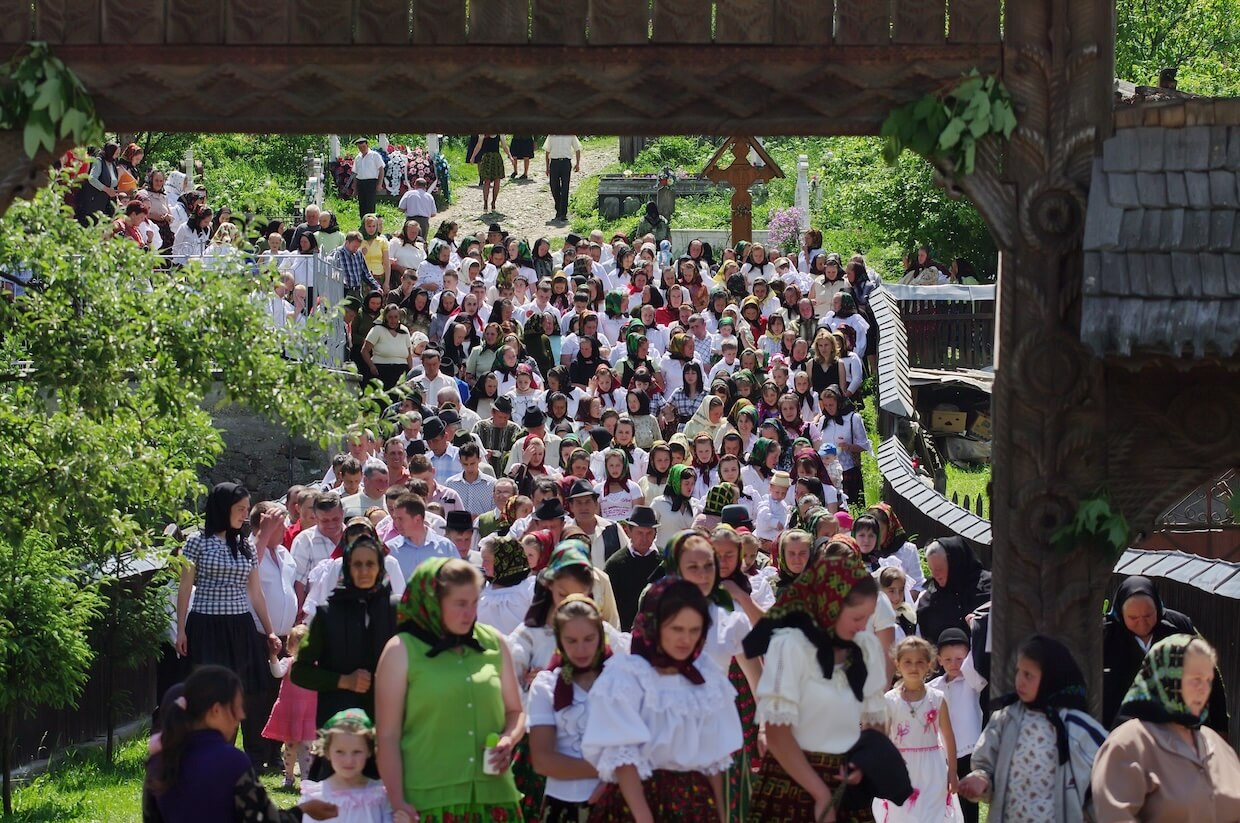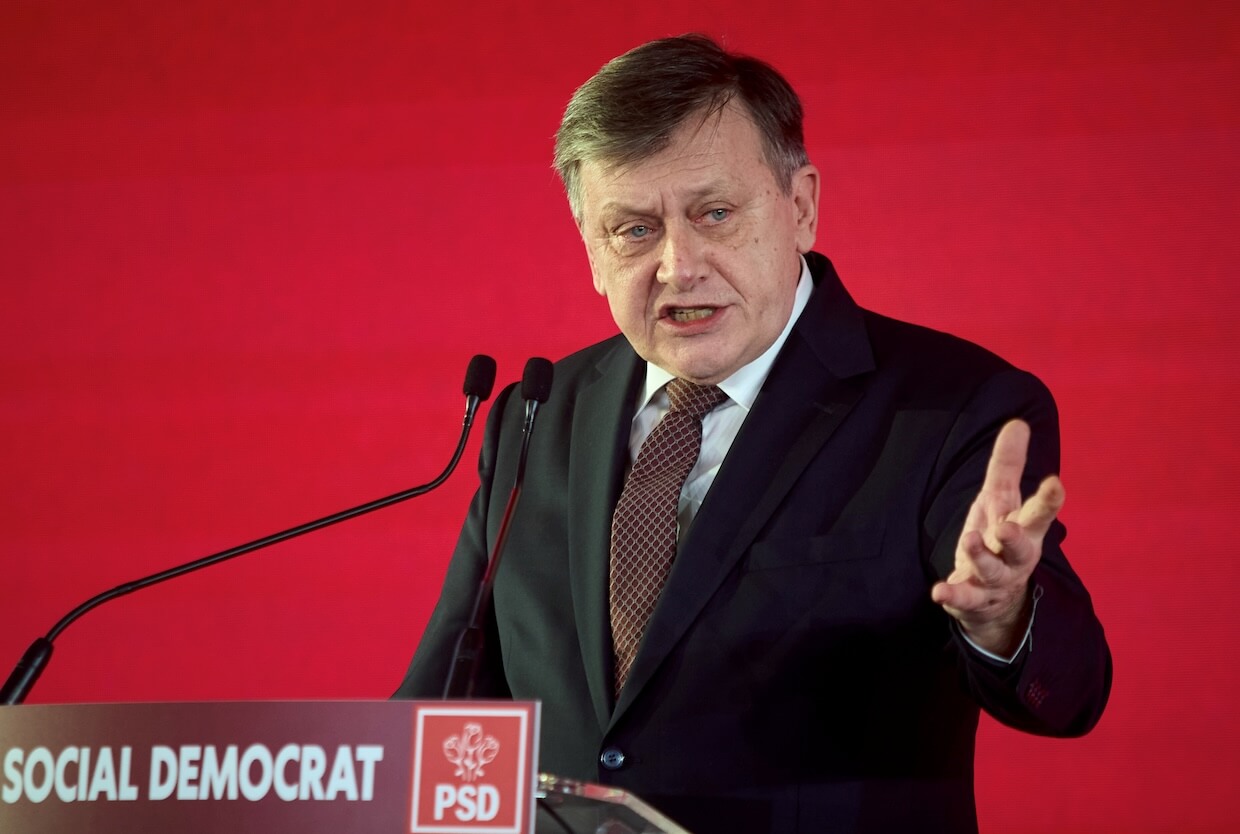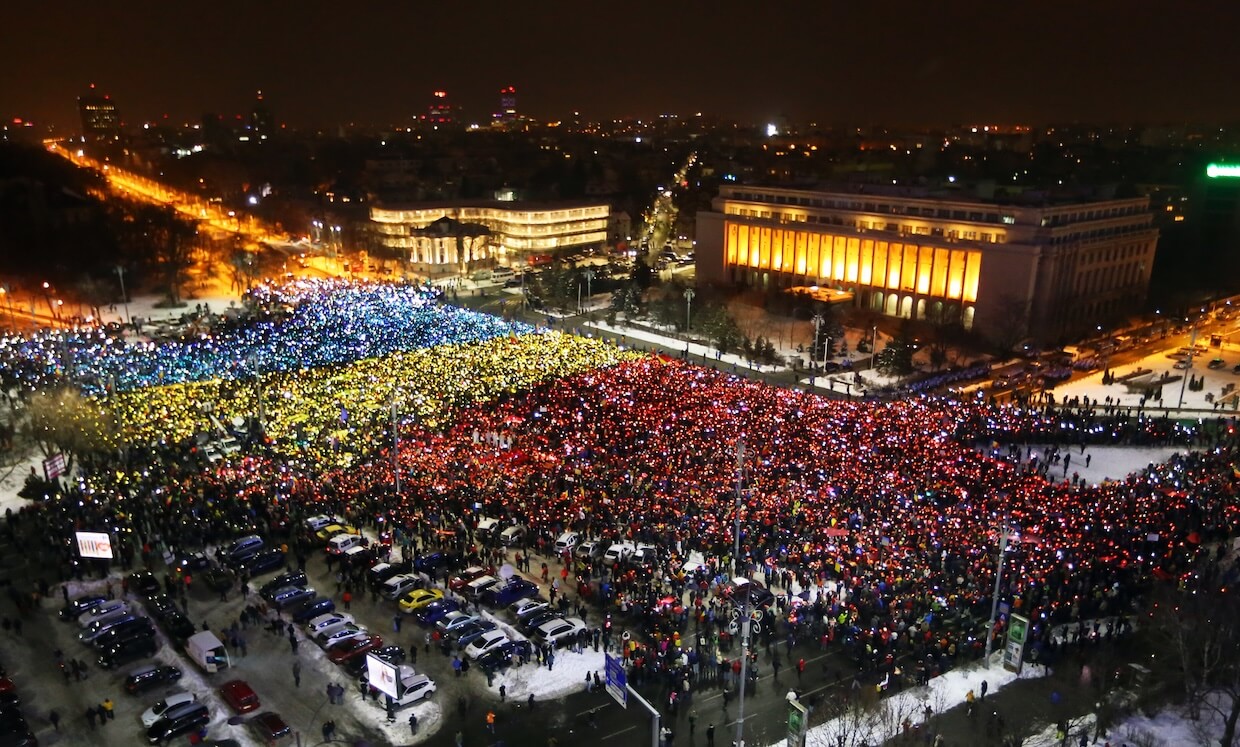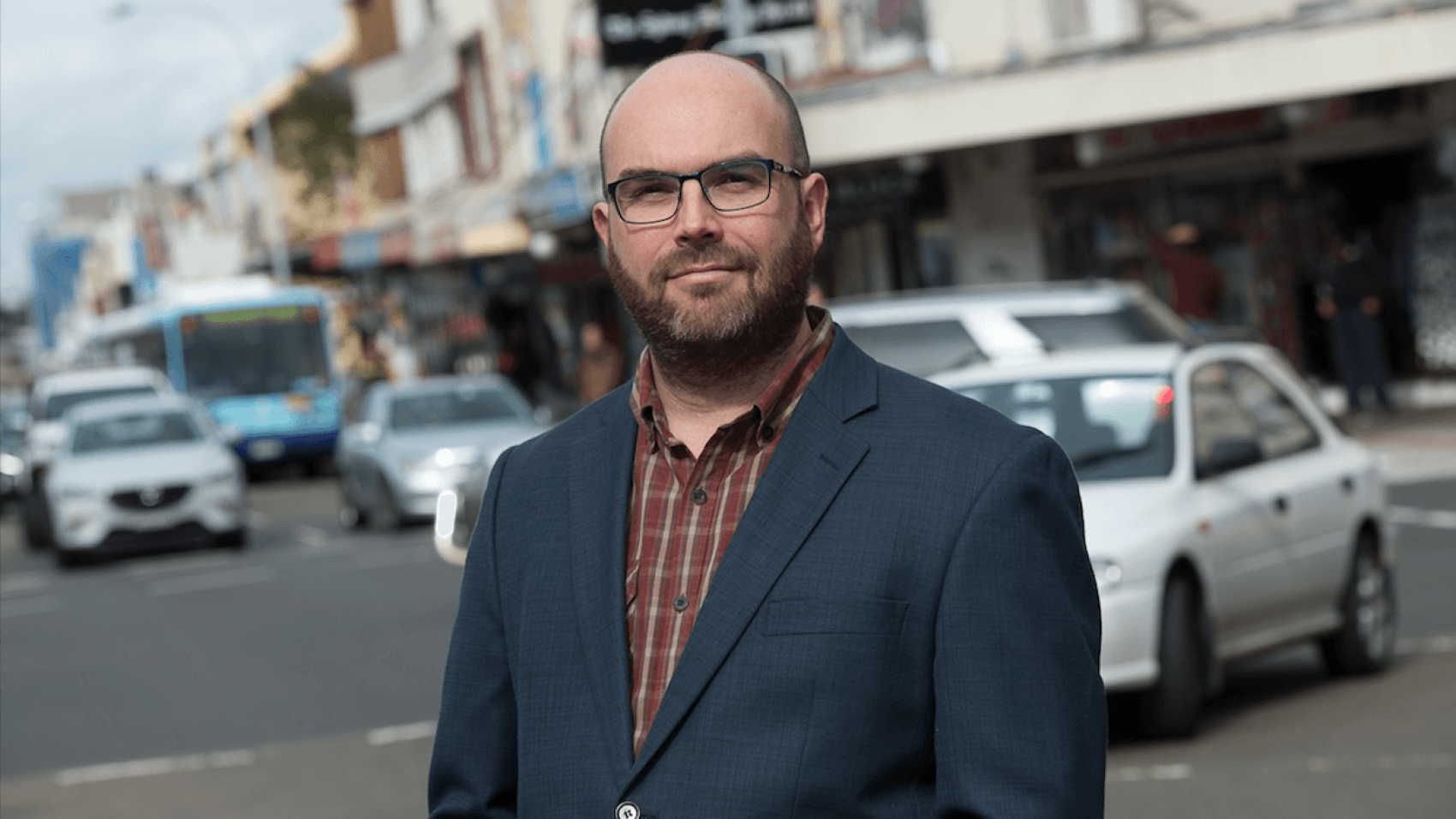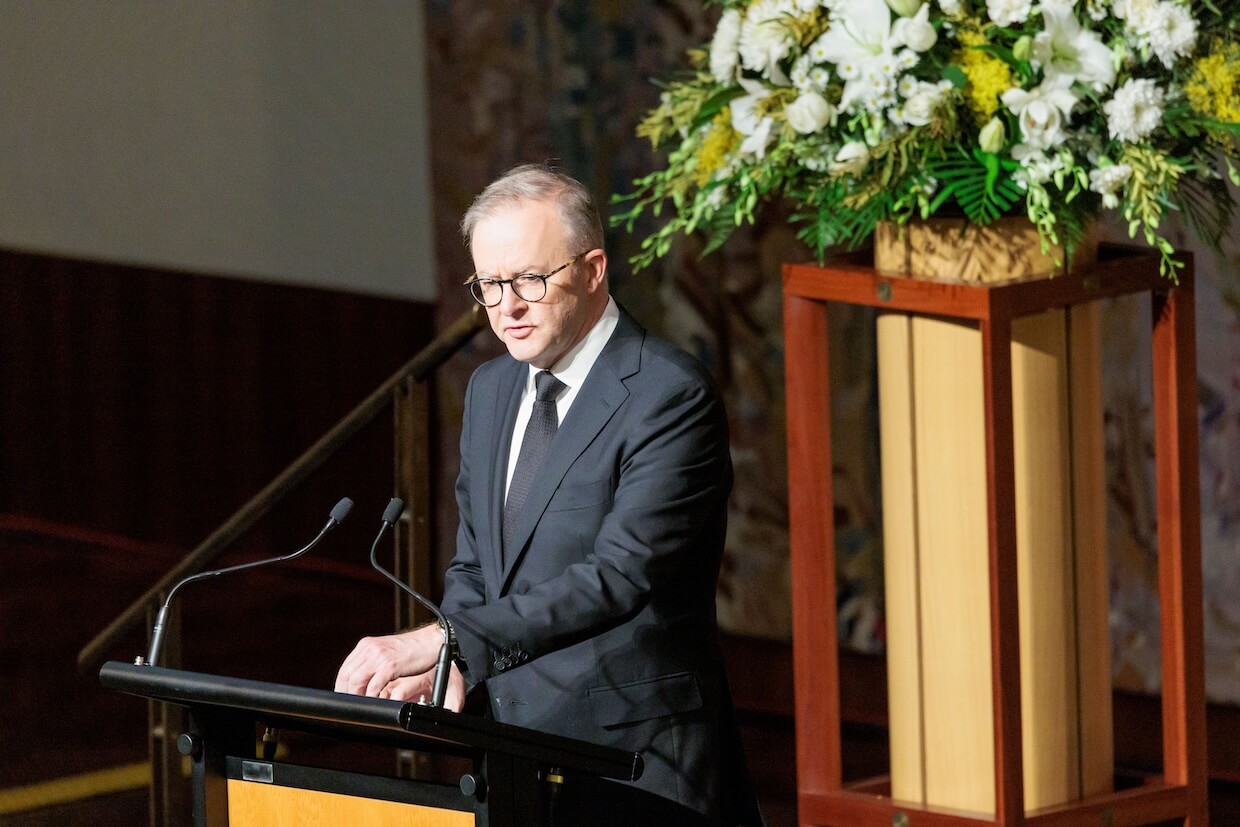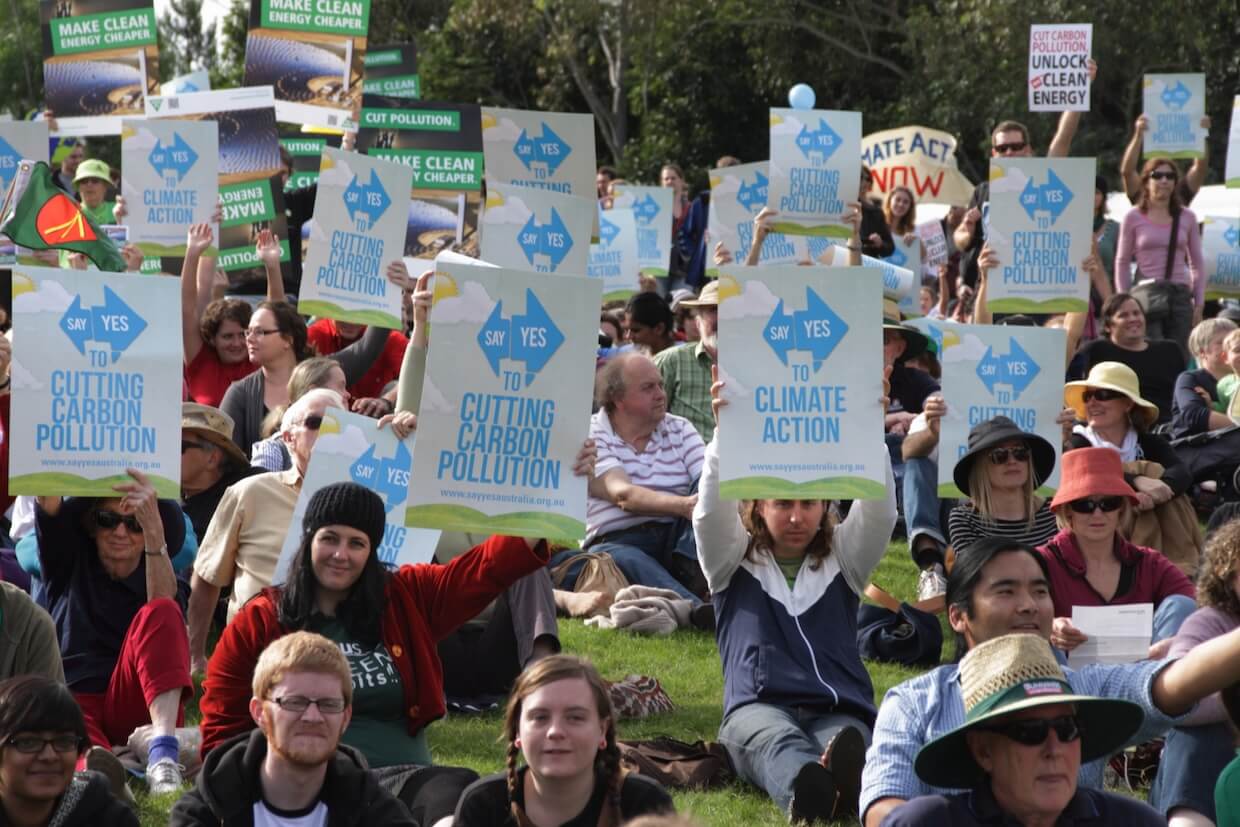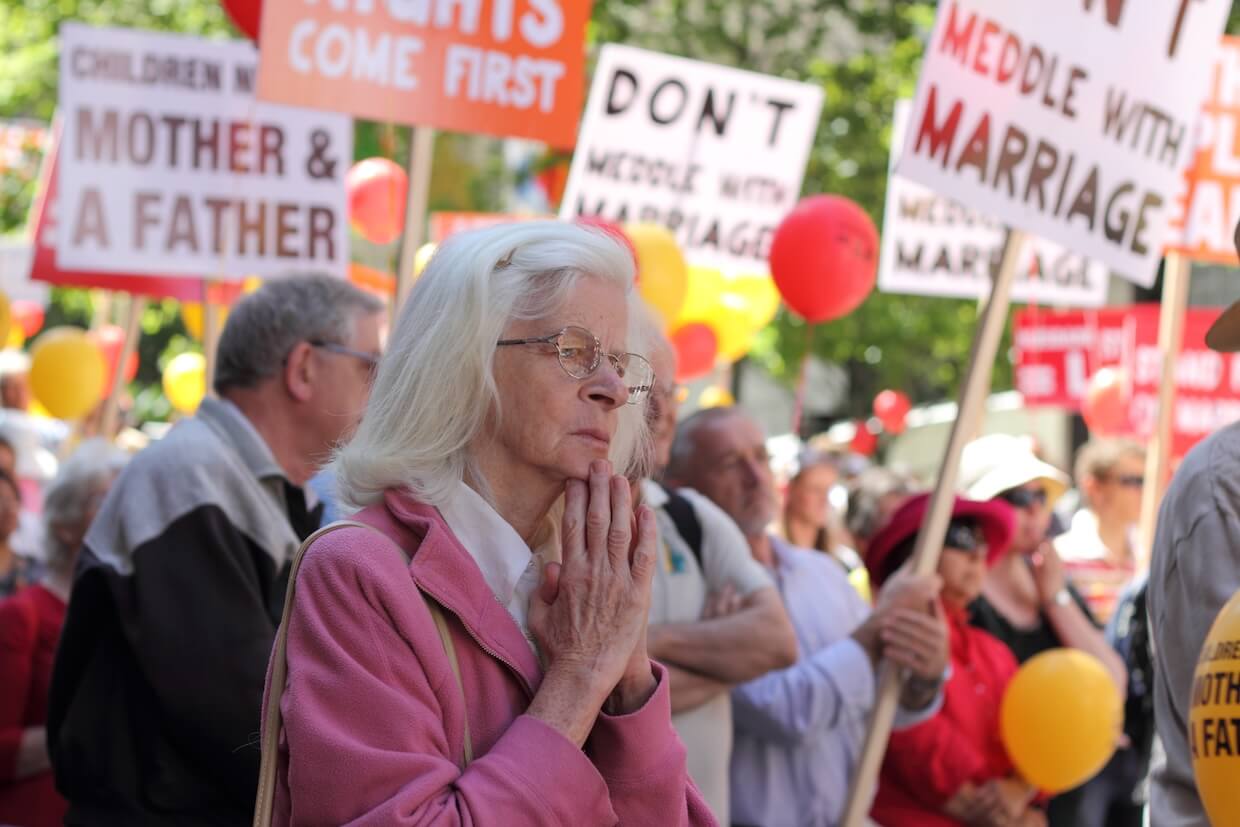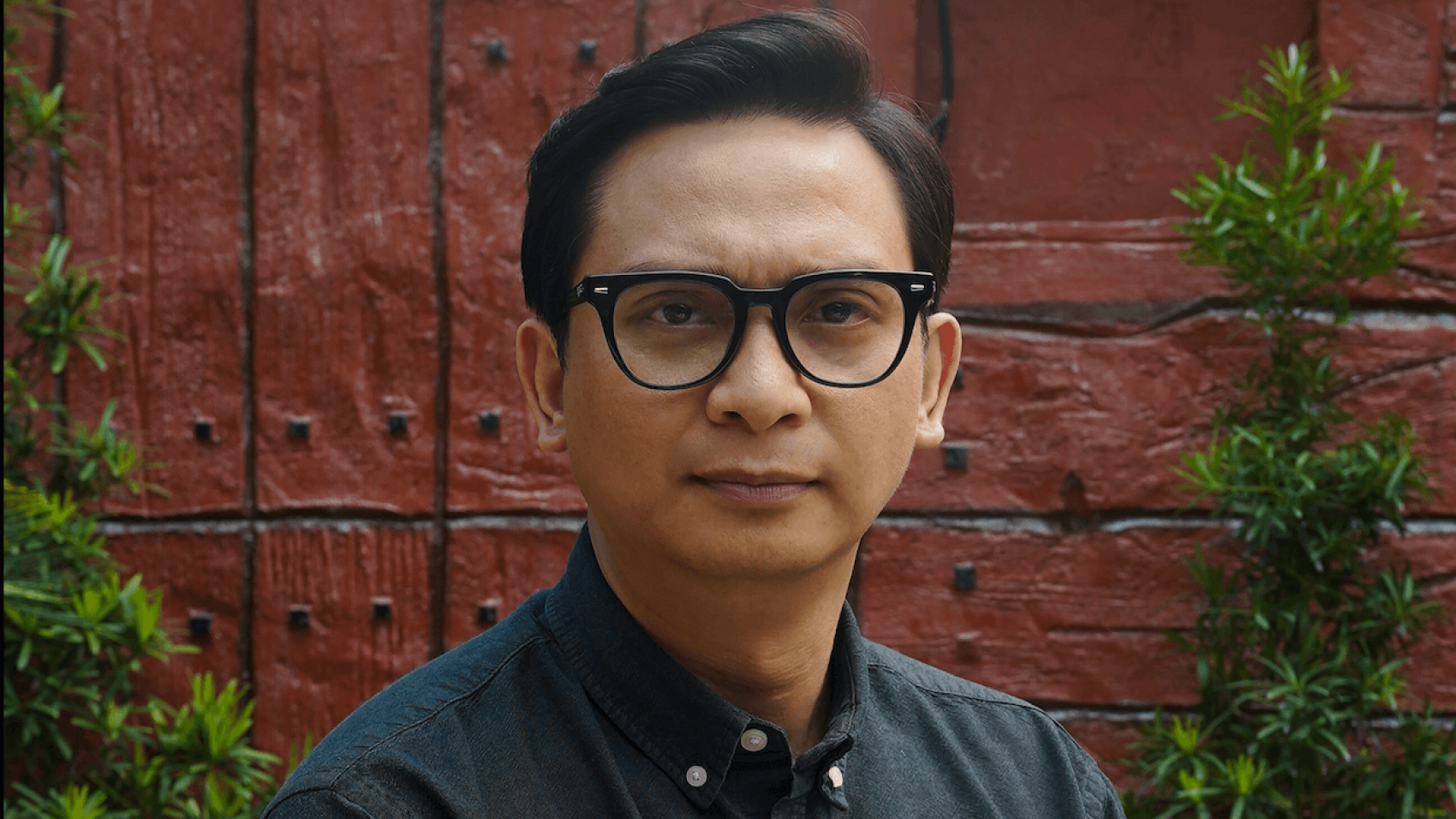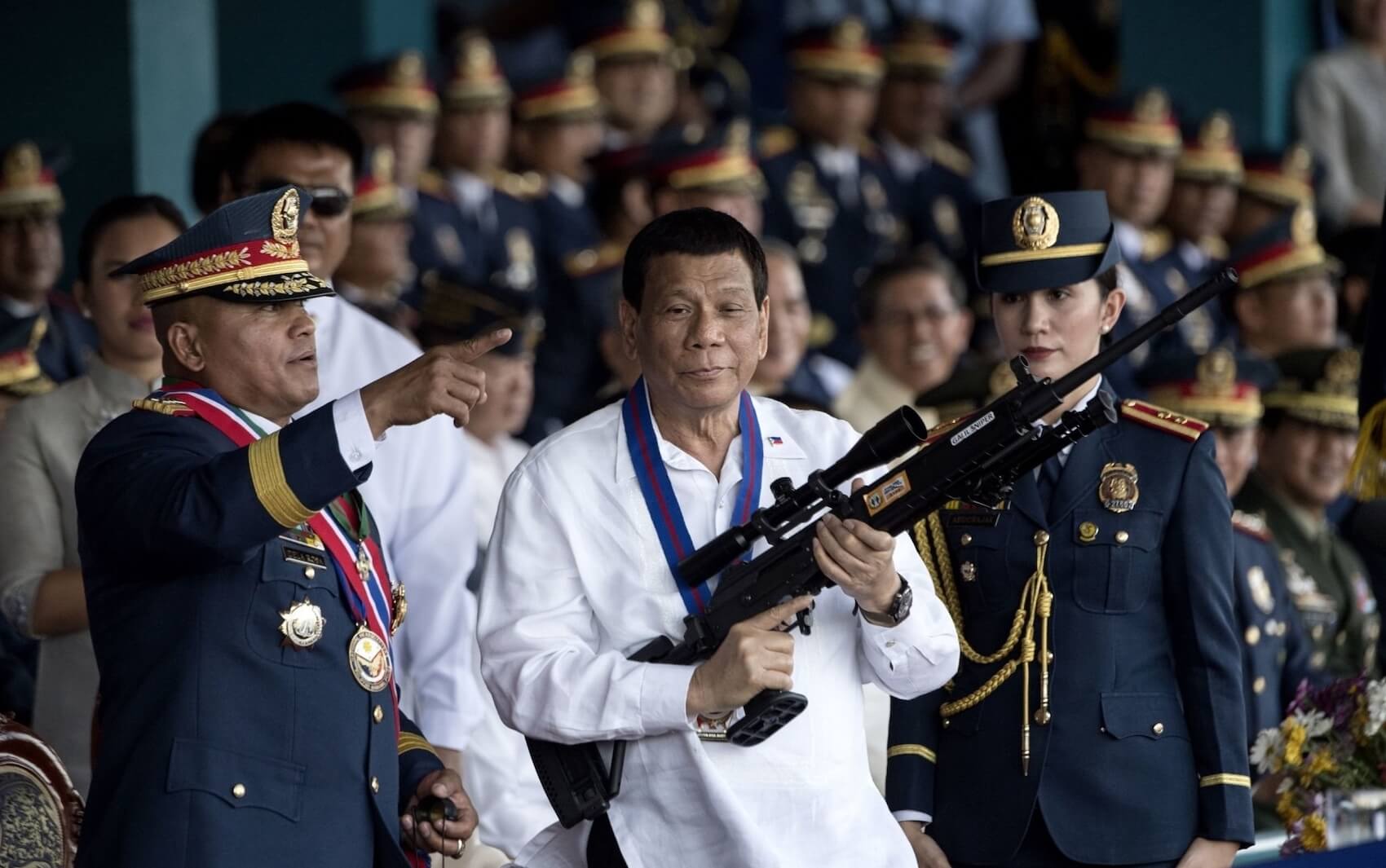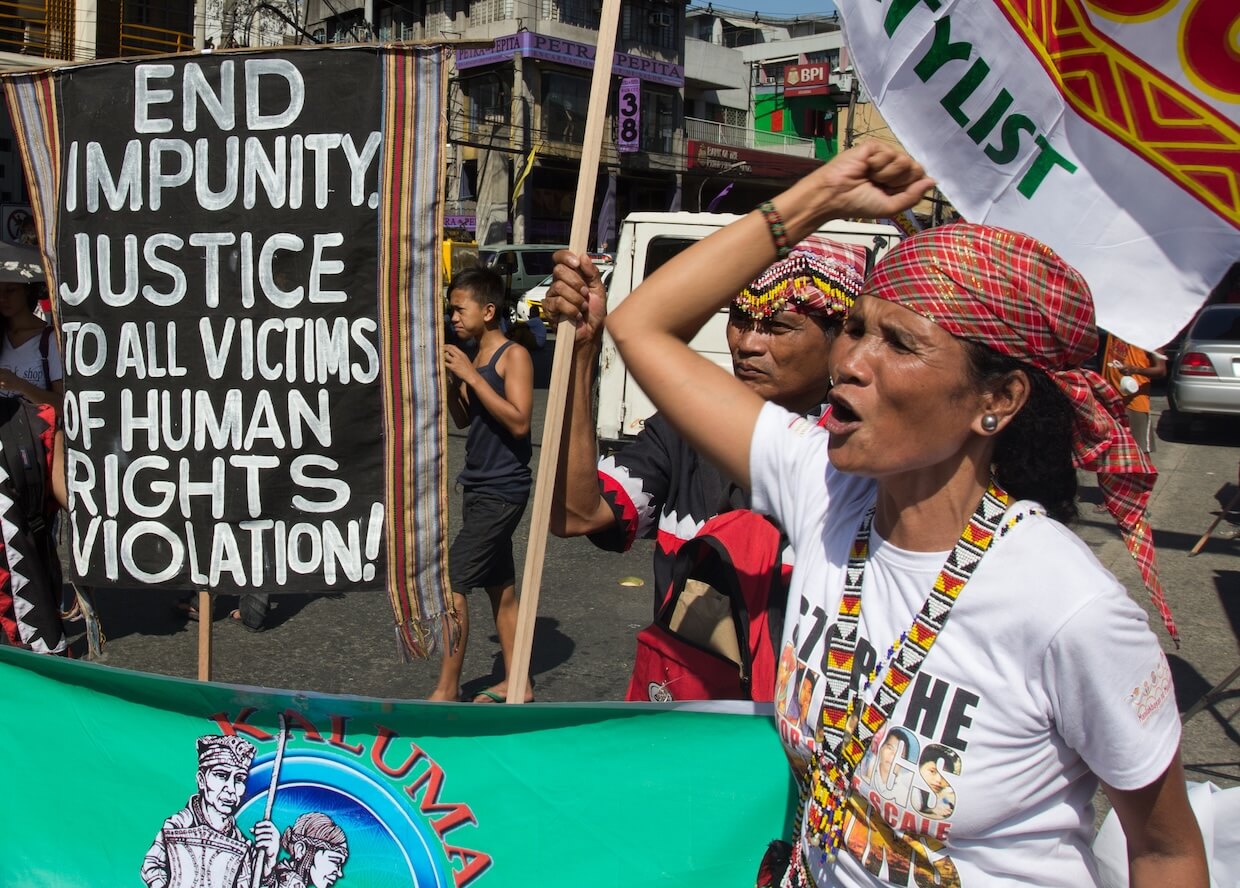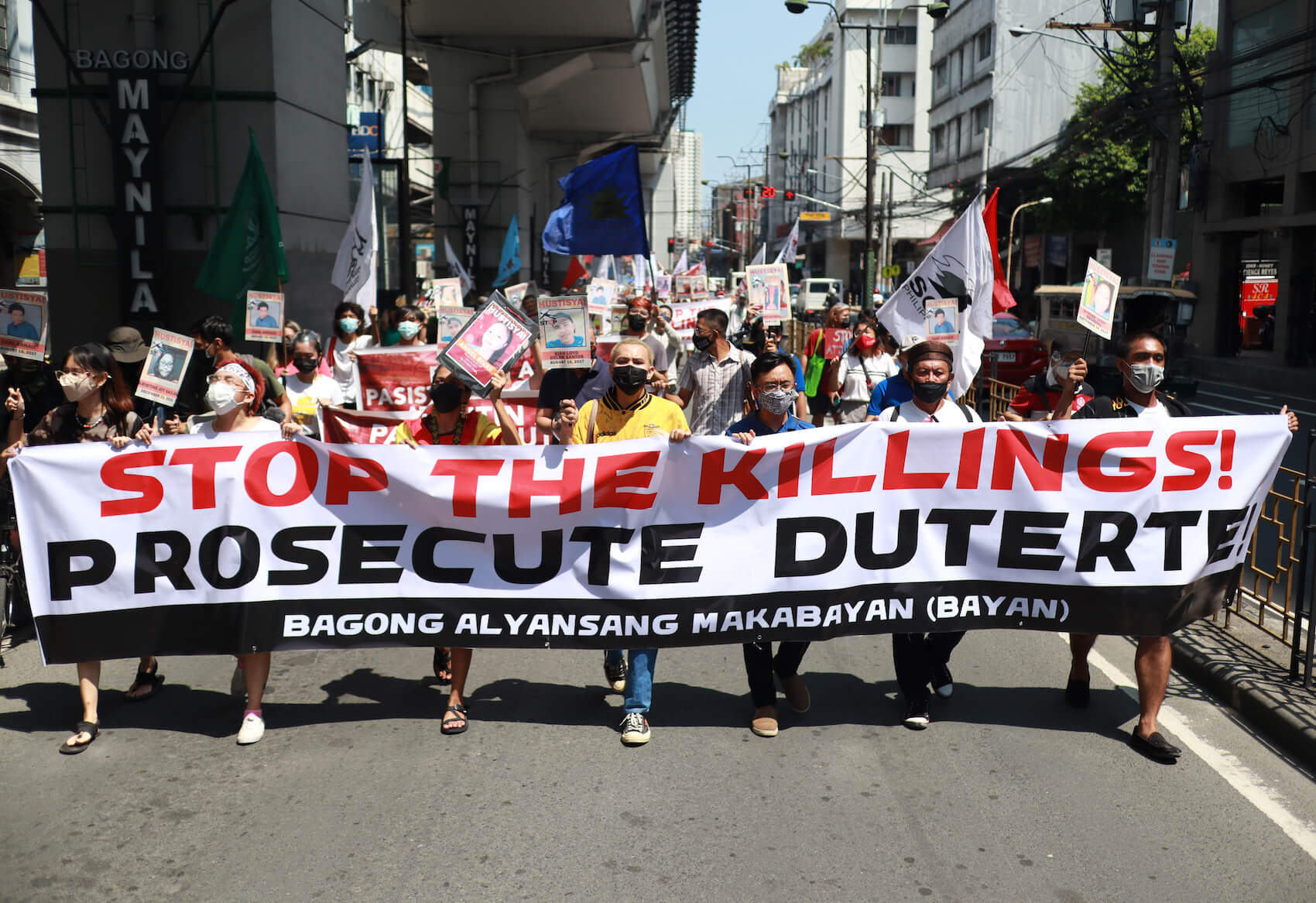In this urgent ECPS interview, Professor Richard Falk warns that the US is facing a “Weimar moment”—a fragile liberal democracy under siege by a resurgent ultra-right. A signatory of the International Declaration Against Fascism, Professor Falk links today’s “techno-fascist enthusiasts” to a global authoritarian drift. He critiques surveillance capitalism, weaponized nationalism, and soft authoritarianism, highlighting leaders like Trump, Modi, Erdoğan, and Netanyahu as drivers of this ideological mutation. Despite this grim trajectory, Professor Falk calls for renewed “normative resistance”—a defiant civic ethics rooted in critical thinking, international law, and solidarity. This interview is a vital reflection on the future of democracy, authoritarianism, and global justice.
Interview by Selcuk Gultasli
In a political climate increasingly marked by creeping authoritarianism, disinformation, and democratic fragility, Dr. Richard Falk, Albert G. Milbank Professor of International Law and Practice, Emeritus at Princeton University, and former UN Special Rapporteur on Palestinian human rights, offers a powerful and sobering warning: the United States, he says, is currently undergoing a “Weimar moment.” This, he explains, refers to “a democratic superstructure and a liberal opposition, but one that is weak and unable to really mount effective resistance to a rising, ultra-right political formation.” Drawing on history and contemporary global trends, Professor Falk suggests we are witnessing not merely a democratic crisis, but the possible prelude to a systemic authoritarian transformation.
This interview with the European Center for Populism Studies (ECPS) comes in the wake of the “International Declaration Against Fascism,” published on June 13, 2025. Professor Falk was one of the signatories, alongside Nobel laureates, public intellectuals, and leading scholars of democracy and authoritarianism. Echoing the spirit of the 1925 Anti-Fascist Intellectuals’ Manifesto, the declaration warns that “the threat of fascism is back—and so we must summon that courage and defy it again.” It urges citizens worldwide to resist not only overt autocracy, but also the instrumentalization of law, culture, media, and technology in the service of “techno-fascist enthusiasts.”
In our interview, Professor Falk elaborates on how the architecture of 21st-century power—surveillance capitalism, digital disinformation, populist polarization—is reshaping classical authoritarian strategies. While differing in structure and aesthetic from 20th-century fascism, he argues today’s movements share its core ambitions: the monopolization of political space, the stigmatization of dissent, and the erosion of checks and balances under charismatic strongmen. He points to figures like Trump, Modi, Erdoğan, and Netanyahu as examples of a new ideological formation—what he elsewhere calls a “mutation of soft authoritarianism” that weaponizes nationalism, racialized resentment, and neoliberal precarity.
Yet Professor Falk is not entirely pessimistic. He highlights the enduring relevance of “normative resistance”—a civic and intellectual defiance rooted in critical inquiry, public ethics, and transnational solidarity. In an age of disinformation and partisan moralism, he calls for a recommitment to truth, international law, and the unfinished democratic project, warning that the erosion of global governance and international legal norms risks a regression “to an era of colonialism, suffering, and destruction.”
Here is the transcript of our interview with Professor Richard Falk, edited lightly for readability.
The Threat of Fascism Is Real, but the Form Has Mutated
Professor Richard Falk, thank you so very much for joining our interview series. Let me start right away with the first question: You were among the signatories of the recent declaration warning of the return of fascism. In your view, how does the current resurgence of authoritarian-nationalist politics differ in structure, aesthetic, and operational logic from the classical 20th-century fascism? Can we still meaningfully use the term “fascism” across such divergent historical contexts without diminishing its analytical precision?
Professor Richard Falk: That’s a very tough starting question and requires a good deal of reflection and nuance to do justice to it. It’s important—of course, a crucial question.
One of the striking differences is that the resurgence of especially autocratic tendencies in the West is less focused on internal class relations than on the threats of migration and immigration, and the outsider rather than the enemy inside, which was a feature particularly of the Nazi version of fascism. But generally, the struggles in Italy and Spain that resulted in fascist emergence as dominant forces were essentially internal in their vital strategy.
Furthermore, there was a different technological environment in the early decades of the 20th century than what exists currently. The forms of control and resistance are really radically different. In the present world situation, due to the innovative technology that we group under the phrase “digital age.”
But the core features of militarism and a single charismatic leader that exert control over the political space and do not respect divergent views—I think that feature is present. Also, the resistance of the state to dissent and protest is characteristic of this new wave of far-right politics.
Whether it’s useful to connect this current wave with the problems that underlay World War II is something that needs exploration and debate. I’ve sometimes referred to the situation in my country, the US, as experiencing what I call a “Weimar moment.” That is, where you have a democratic superstructure and a liberal opposition, but it’s weak and unable to really mount effective resistance to a rising, ultra-right political formation. It takes advantage of crises in the domestic economy and in the success or failure of state undertakings. But it’s essentially concerned with a monopolizing of political power and economic influence and control. And in that sense, there is a continuity. The German and Spanish versions of fascism particularly stress this alliance between the state and the military. In the Spanish case, you had the Catholic Church. There was a kind of anti-communist element in the struggle.
I don’t know as much about the Italian political atmosphere accompanying the rise of Mussolini, but I think there was also a right-left division in the country—a polarization. So each of these fascist narratives of the past has its own originality and characteristics, and in one sense even grouping them together may be questionable because it overlooks those differences.
So, on balance, it is useful to warn of the emergence of a new phase in the encounter between liberal democracies and fascist movements. However, it can be misleading to treat this phenomenon as uniform, given its inherently heterogeneous nature. The situation in the United States, for example, differs markedly from that in major European countries—and even more so from key Global South contexts such as India, or, in a different way, China and Russia. While these cases may fall outside the conventional scope of what is typically labeled “fascism,” they share certain characteristics: a concentration of power in the hands of a single leader, systematic surveillance, the stigmatization of dissent, and a concerted effort to monopolize the political sphere through an alliance between economic elites and political leaders.
Techno-Authoritarianism Has Already Arrived in Some States

The declaration warns of “techno-fascist enthusiasts.” How do you interpret the convergence of surveillance capitalism, algorithmic governance, and digital disinformation ecosystems with authoritarian statecraft? Are we witnessing the emergence of a new modality of domination—a digital totalitarianism—beyond Orwellian metaphors?
Professor Richard Falk: I think that is a threat; whether it will materialize in that kind of absolutist form is not yet clear or certain. We are at a period, I believe, of transition in which resistance—and even a reversal of these tendencies—remains a possibility. In other words, I don’t think we’re predetermined at this stage to have that future, though there are alarming signs that this is where the major liberal democracies are headed.
Some of the more organized autocratic societies have already more or less arrived at those points. I would mention India, China, and Russia as being very well organized to manage a kind of techno-authoritarianism that, in the Chinese case, produces some pretty impressive results for its population. It is not war-prone in the way that fascism is usually portrayed. So, again, it may be misleading to group autocratic tendencies in various states into one category, because the originality of the Chinese path is quite notable and seems to have some advantages compared to the liberal democratic path.
Today’s Fascistic Movement Has a Blueprint, Opposition Does Not
A century after the Manifesto of the Anti-Fascist Intellectuals in 1925, what enduring ethical and strategic lessons can today’s democratic societies extract from those who risked everything to confront fascism at its inception? Are there analogues today to the cultural complicity and intellectual appeasement that enabled fascist ascendancy then?
Professor Richard Falk: I think again, speaking first about the United States, which I know best, there’s definitely that similarity of a weak liberal opposition and a very impassioned autocratic, fascistic movement that has very dedicated conceptions of what it wants to achieve. Trump came to his second presidential term with a very worked-out plan or blueprint of how to govern in the light of the acceptance of this autocratic, authoritarian, anti-democratic set of aspirations, and he seems to have at least temporarily neutralized the economic oligarchs by having them—for opportunistic reasons—join with his MAGA movement. And that does suggest a drift toward this kind of consolidated authoritarian governance structure.
There are some glimmers of light that suggest it may not be so simplistic to fulfill these autocratic ambitions. One of the glimmers of light was the outcome in New York City of the race to become mayor, which surprised most Americans—and even most New Yorkers—by selecting, by an impressive margin, the Muslim son of a mixed parental background, a self-proclaimed Democratic Socialist, who seemed to defy all the traditional biases associated with the drift to the ultra-right. And it’s at least being welcomed in the US as a warning to the Democratic establishment that they better get their oppositional act together or they’ll be bypassed by this more progressive alternative politics. I happen to know the parents of Zohran Mamdani quite well, and it’s very thrilling for people who had these progressive hopes.
Normative Resistance Persists in a Structurally Degraded Public Sphere
In a political landscape defined by polarization, truth decay, and performative resistance, what forms of civic defiance remain normatively defensible and strategically viable? Is there still space for what you have elsewhere called ‘normative resistance’ within a structurally degraded public sphere?
Professor Richard Falk: It’s a very interesting question, marked by contradictory tendencies. There is a clear effort to shrink the space for critical discourse, alongside a growing recognition that the ultra-right project is largely incompatible with knowledge-based politics. One of its defining features—and here we see continuity with earlier fascist movements—is a preference for mobilizing people through emotional and belief-based appeals, with little regard for empirical truth. It is therefore unsurprising that leading universities in the United States have become primary targets of this ultra-right agenda.
Equally unsurprising is the simultaneous embrace of an aggressive nationalism and a retreat from internationalism—whether in the form of the UN or collaborative responses to global challenges like climate change. These forces coexist in a contradictory political landscape where tensions are mounting but remain unresolved.
The harsh treatment of undocumented immigrants—who are nonetheless vital to key sectors of the economy—reveals some of these contradictions. Even Trump has had to walk back elements of his anti-immigration stance when it came to essential labor in agriculture, restaurants, and other industries where undocumented workers are difficult to replace.
Predatory Capitalism Fuels Authoritarian Resentment

You have long emphasized the dangers of ‘soft authoritarianism’ embedded within liberal orders. From Modi to Erdoğan, from Netanyahu to Trump, do you regard contemporary populist authoritarianism as a transitional phase toward a more explicit fascist ethos—or does it represent a distinct ideological mutation altogether?
Professor Richard Falk: Well again, that’s a very hard question which requires a clearer crystal ball than one in my possession. In other words, it can go either way—or both ways—and differently in different places. I think one of the interesting recent developments is the normalization of the language of genocide as applied to Israel’s violence in Gaza. That was—and still is—a prohibited terminology on the part of the governments supporting Israel, and it’s used selectively as a way of punishing protesters. But still, within societies at large, that terminology—the naming of the violence—is no longer abnormal or extreme: to refer to it as genocide, or to refer to the pre-October 7th situation as apartheid.
And that represents a victory of sorts for those who want a truth-based mode of governance, which is associated with liberalism, the tradition of the Enlightenment, and the whole role of science. So you have this peculiar attitude of the ultra-right, which on one side uses instrumentally the politics of surveillance—a kind of fascist variant of a surveillance state—and on the other side is very unsupportive of scientific research, technological innovation, and really of knowledge acquisition within leading centers of learning. And the hostility, for instance, to foreign students that is taking hold here—which was one of the tendencies of the Trump presidency—is emblematic of this tendency.
Your scholarship on global capitalism critiques the deep structural inequalities produced by neoliberal orthodoxy. How do you see these economic dislocations—especially the evisceration of public goods, precaritization of labor, and austerity—as constituting fertile ground for authoritarian-populist narratives and politics of resentment?
Professor Richard Falk: It has created those fertile grounds, and Trump and others around the world have known how to take advantage of them to win support from those elements of society that are most victimized by what I call ‘predatory capitalism’. This model is highly exploitative toward vulnerable sectors of society and facilitates growing inequalities between a tiny number of successful entrepreneurial individuals and the broader population. At the same time, it is fiscally stingy toward those at the bottom of the economic scale. This dynamic exacerbates class-based polarization and generates widespread alienation and resentment—sentiments that are effectively mobilized by belief-driven, strong leaders like Trump, Modi, or Erdoğan, as you mentioned.
Resistance Depends on Forces Outside the Bipartisan Order
Can the anti-fascist imperative itself become captive to ideological co-optation or instrumentalization? How can progressive actors preserve the ethical clarity of anti-fascist struggle without succumbing to partisan reductionism or performative moralism?
Professor Richard Falk: Of course, that remains to be seen—how strong they are. I don’t have much confidence in the liberal wing of the political spectrum, represented here by the Democratic Party and elsewhere, for instance, in the UK by the Labour Party. Those who accept the structure of capitalism and nationalism tend not to have the political will to maintain resistance in the face of strong repressive policies. That creates my fear that these autocratic, fascistic movements will test the resilience of the political system, and that resistance will depend on a surge of affiliation and commitment to what I call the progressive portions of society—those outside the framework of the bipartisan political structures that dominate most sovereign states.
In the light of Israel’s recent military operations in Gaza and the structural conditions of Palestinian dispossession, how would you assess the extent to which settler-colonial regimes today deploy fascistic methods under the rubric of democratic self-defense or counterterrorism?
Professor Richard Falk: That really depends on whether you consider Israel an anomaly or something more menacing globally as part of this regressive trend. I tend to view it as an anomaly because of the additional influence of Zionist ideology added onto the settler-colonial project, and that gives it a dehumanizing focus on dominating the other in the name of racial supremacy. And that’s why a Zionist state like Israel turns into an apartheid regime, treating the resident population as a persecuted presence in their own homeland.
It’s really a repetition of the story of settler colonialism in the white breakaway British colonies of North America, Australia, and New Zealand, where apartheid practices gave way to the embrace of a genocidal strategy in order to achieve the ends of a purified ethnic hierarchy that completely marginalizes the native population.
But I don’t see that happening beyond Israel—certainly not in as crude a form. You have some of it in India, with the treatment of Muslims by the Hindu nationalist orientation of the Modi government, especially in Kashmir, where many of these same tendencies are evident. But I don’t find it a general characteristic.
International Law as Sword for Enemies, Shield for Friends
And lastly, Professor Falk, you have consistently critiqued the asymmetries of global governance. Does the international community’s paralysis in the face of enduring Palestinian suffering reflect not only political hypocrisy but a deeper erosion of the normative foundations of international law itself?
Professor Richard Falk: Yes, I’m guilty of all those things. And I think the comparison between the Western reaction to the Russian attack on Ukraine and its reaction to Israel’s behavior in Gaza and the West Bank is illustrative of using international law and the UN as a sword against enemies while using international law and the UN as a shield protecting friends.
So you have complete double standards between how law is working when you’re dealing with an adversary, and how law works when you’re dealing with your own behavior or that of your close allies. You have that dualism in the reaction—on the one side, to Ukraine, where there are impassioned appeals to the UN and to the International Criminal Court; and with Israel, where the UN is denounced and the International Criminal Court is repudiated when it issues arrest warrants.
So it undermines law as a regulative framework that governs behavior and turns it into a policy instrument with inconsistent use for friends and enemies.

